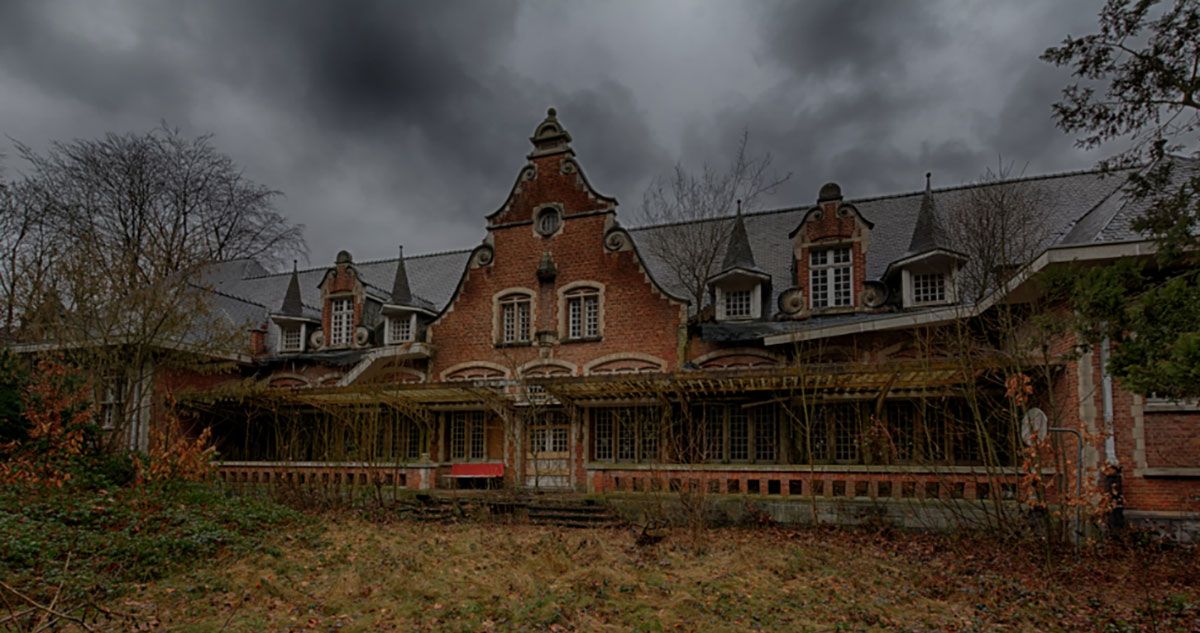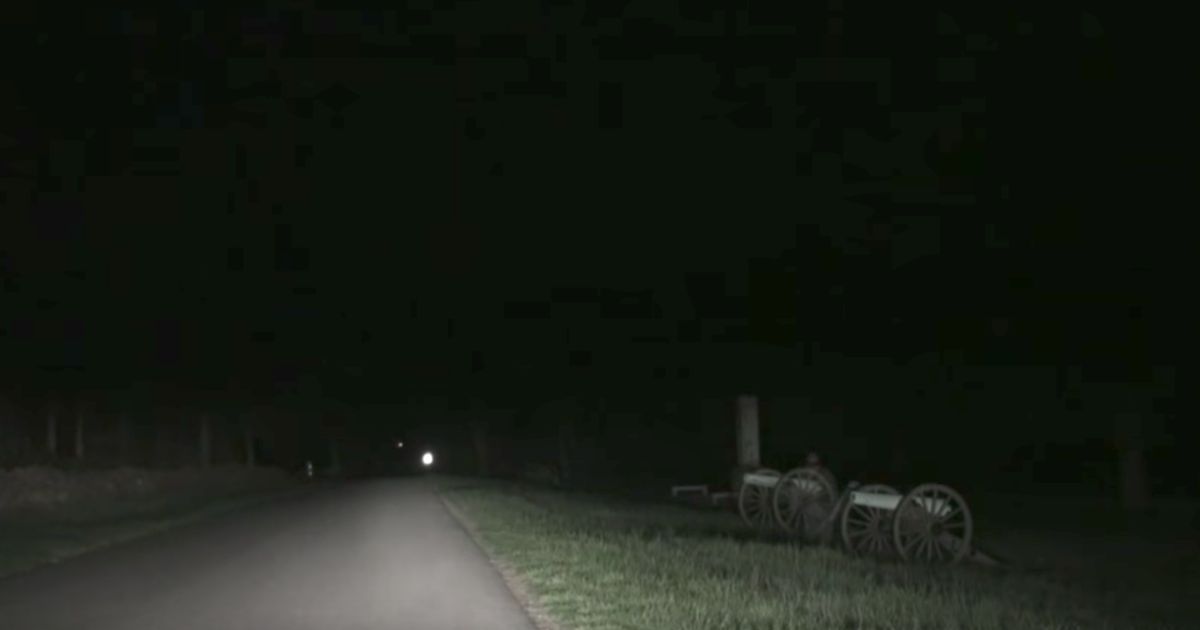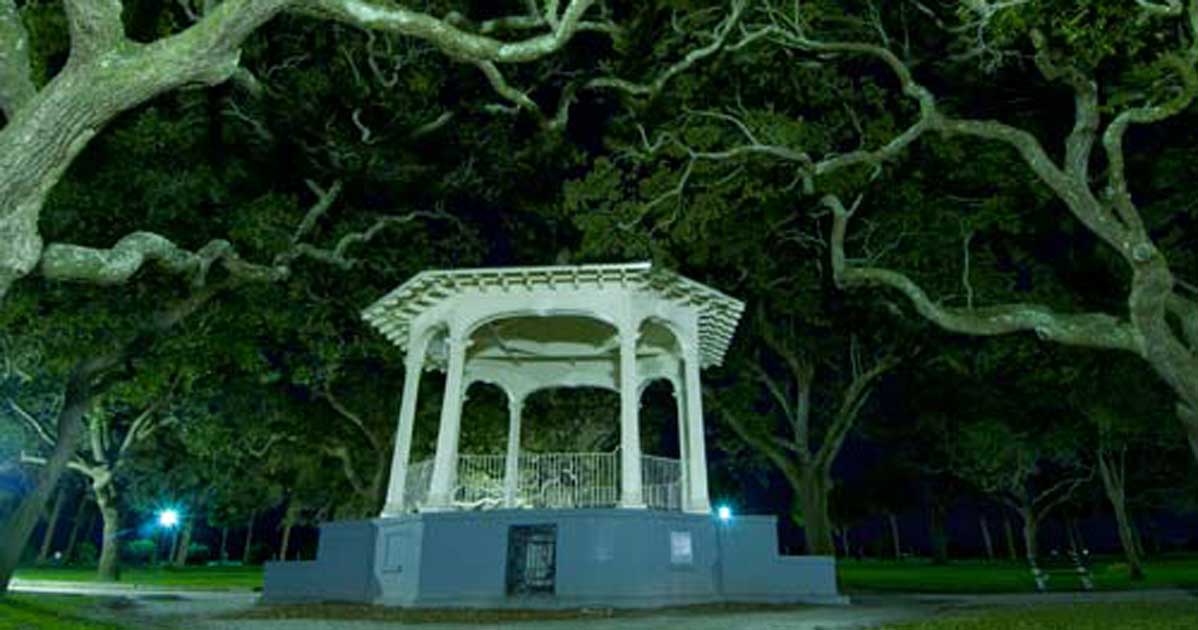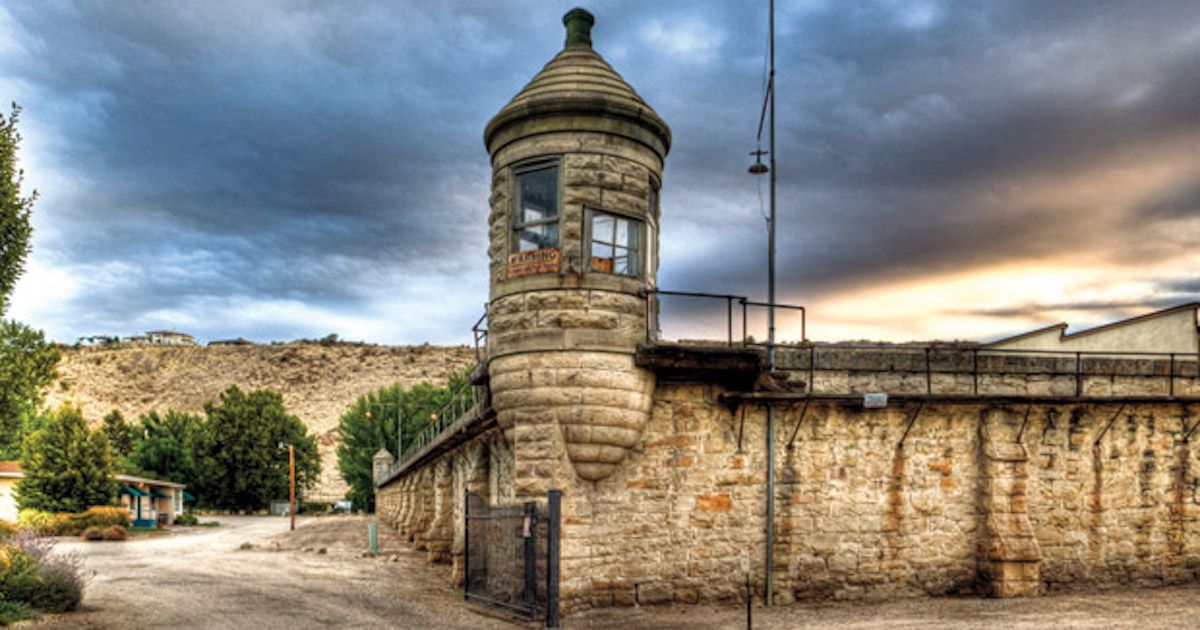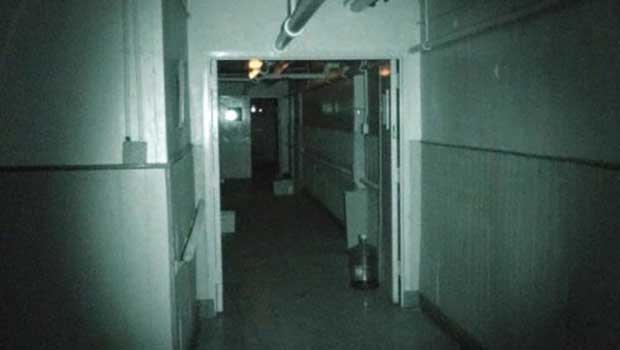Advertisement
Originally All Flight Attendants Were Nurses Until World War 2
By David Clarke
3 min read
Advertisement - Continue reading below

If you’ve ever wondered how the role of the humble flight attendant came about it was originally based on similar roles found in ships and trains. However, a flight attendant’s job is a touch more complex than those roles.
First, the inside of an aircraft is substantially more confined and a flight attendant gets a lot more contact with passengers than they would on a boat or a plane. Secondly, there are rather more safety concerns on a vehicle which is in the air as opposed to on land or sea.
You can also see the influence of previous roles in the terminology used to differentiate flight attendants.
The role of steward, for example, is reflected in the title of “chief steward” which was used on seafaring vessels. The role also may be known as the “purser,” which derives from the British maritime tradition as opposed to the American one.
This role of “steward” is essentially the term for a lead flight attendant.
All the flight attendants on board a plane are collectively termed “cabin crew” and are distinct from the flight crew (pilots and co-pilots) as well as from engineering staff.
The first ever flight attendant, Heinrich Kubis, took up their role in 1912.
By the 1920s flight attendants had become rather more common. The Imperial Airways of the United Kingdom had hired a range of stewards as well as “cabin boys.” In the mid-1920s Stout Airways of the United States was the first American airline to make use of stewards. They were followed swiftly by Pan Am and Western Airlines.
It’s interesting to note that Pan Am was the first airline to employ stewards for the purpose of serving in-flight meals.
However, it wasn’t until the 1930s that the first female flight attendant was hired. Her names was Ellen Church and she worked for United Airlines. She was also a registered nurse.

It was a very popular role. Not only were there few career opportunities that women could pursue during the 1930s but in the United States, the effects of the Great Depression were in full force. When Transcontinental and Western Airlines advertised around 40 positions in 1935; they were inundated with more than 2,000 applications for the job.
By the late 1930s the profession was almost exclusively female and the “cabin boy” would not be seen again until much later in the century.
Airlines were picky about who they hired for the job and initially they demanded that all stewardesses be nurses who matched demanding physical criteria too.
The New York Times in 1936 expands:
“The girls who qualify for hostesses must be petite; weight 100 to 118 pounds; height 5 feet to 5 feet 4 inches; age 20 to 26 years. Add to that the rigid physical examination each must undergo four times every year, and you are assured of the bloom that goes with perfect health.”
American airlines mandated that all stewardesses be unmarried and would terminate their contracts if they became married during the course of their work. Many of these strict criteria persisted but when World War 2 arrived too many nurses enlisted and the requirement that a stewardess had to be a nurse was quietly dropped.
Advertisement - Continue reading below




